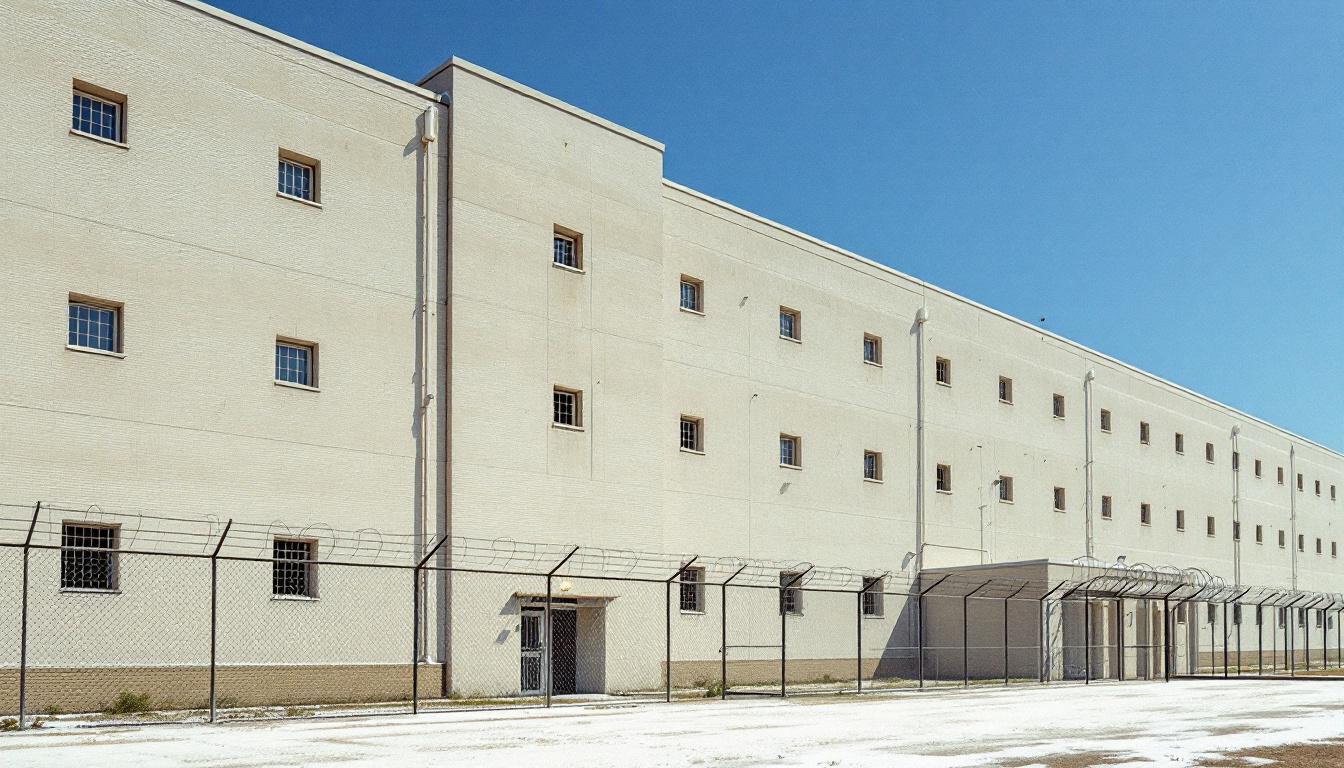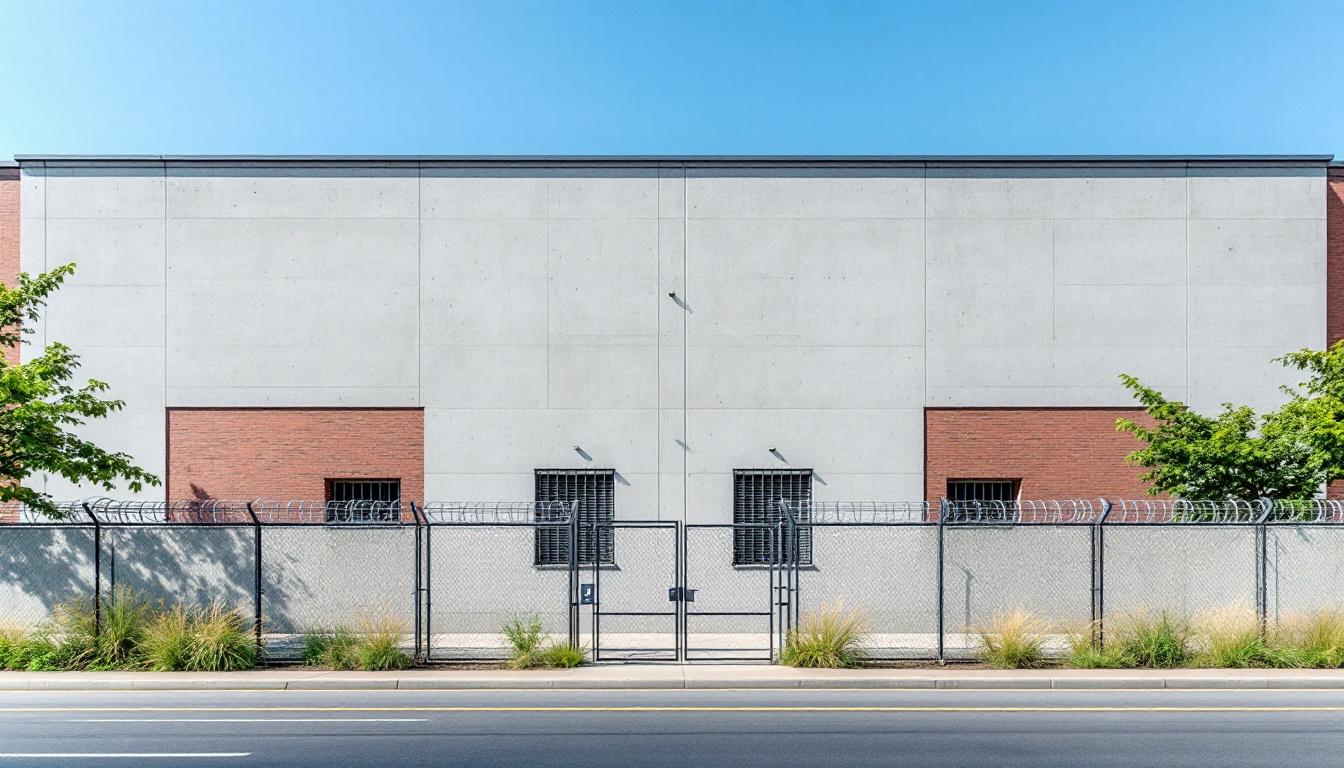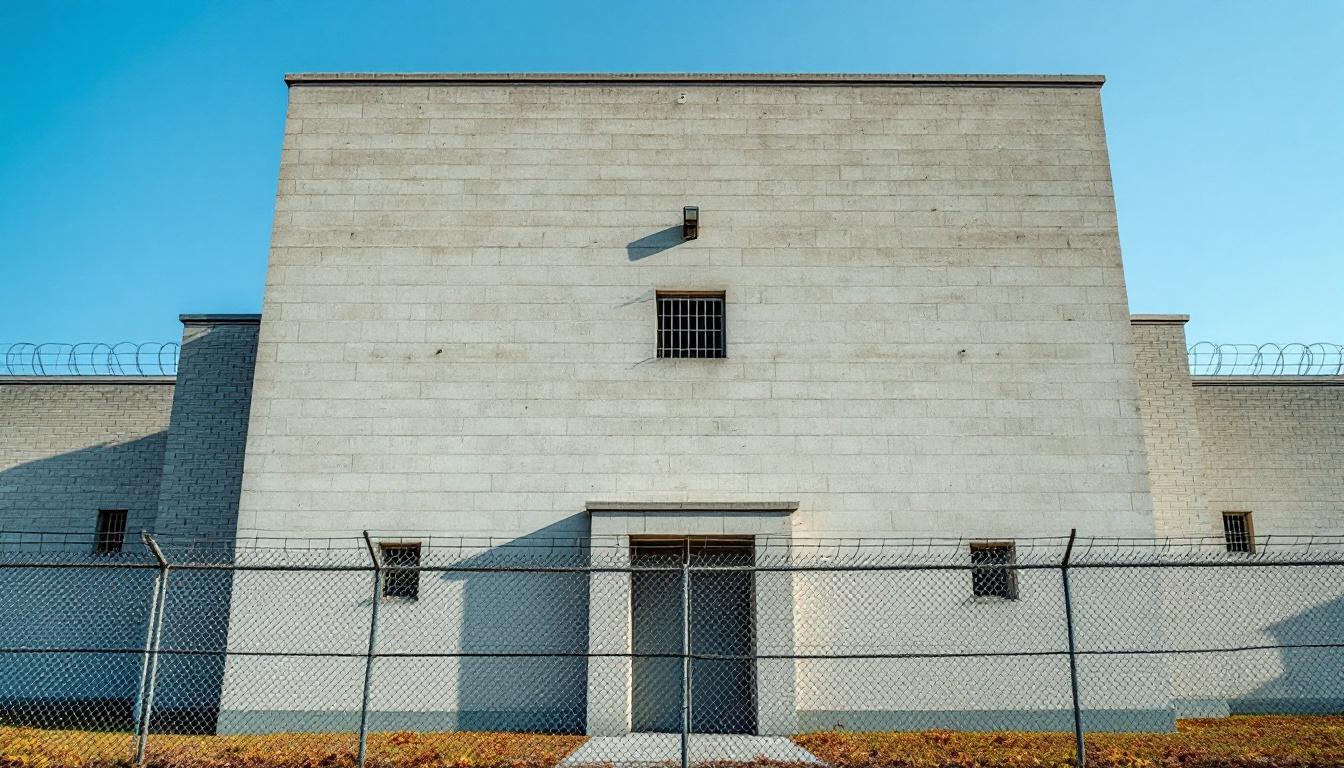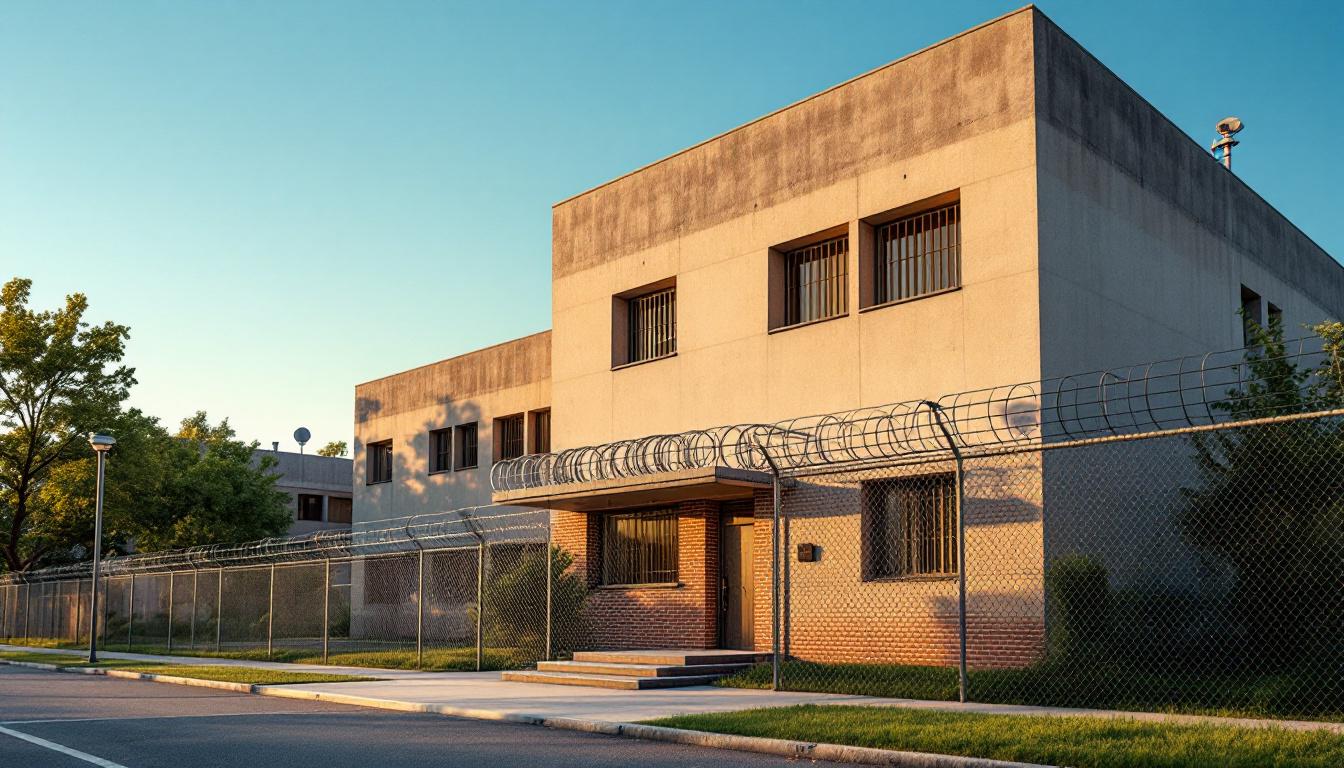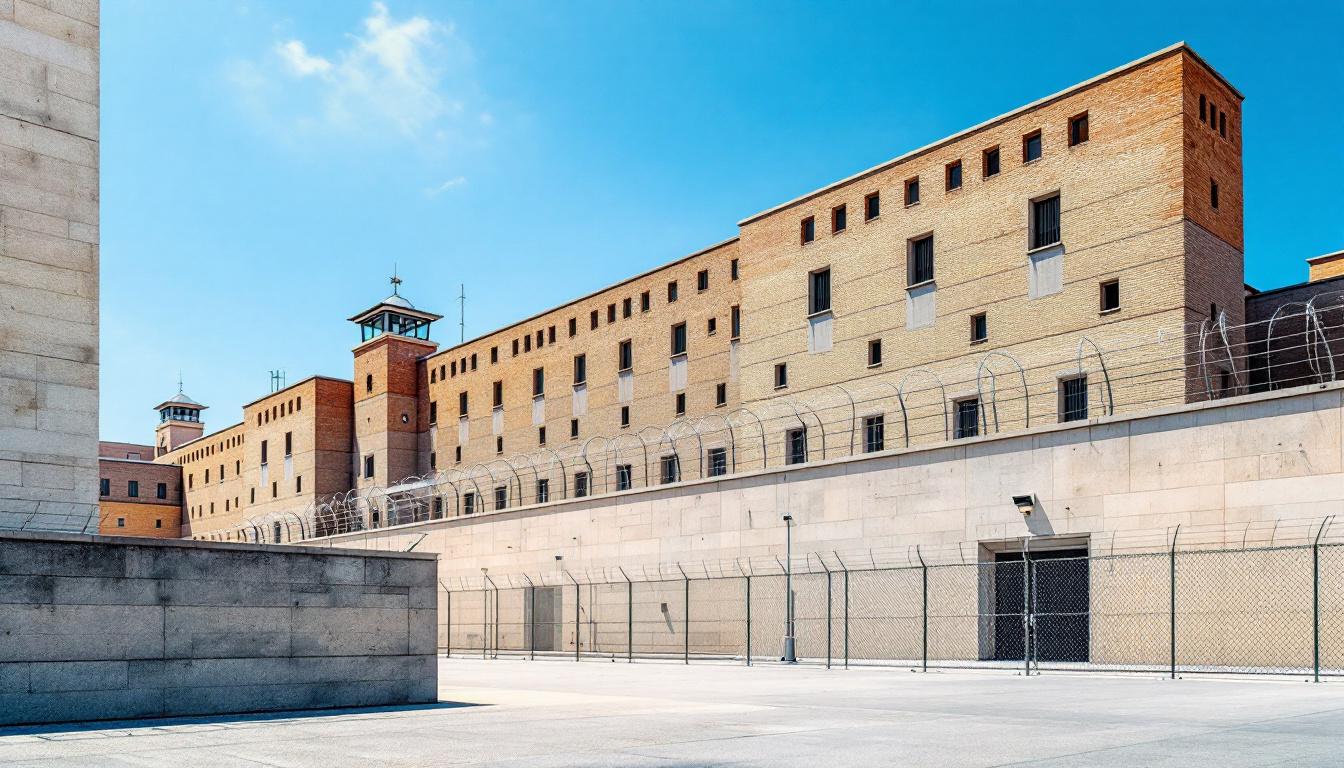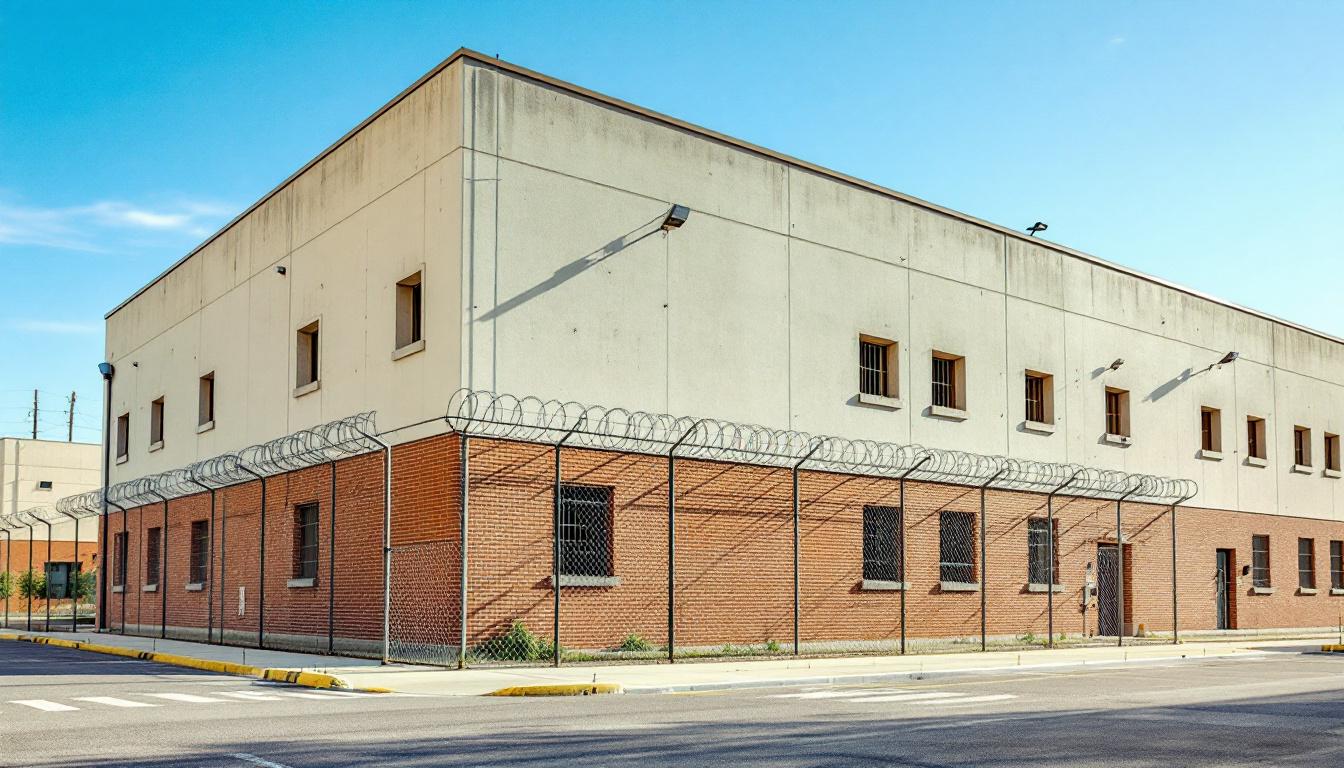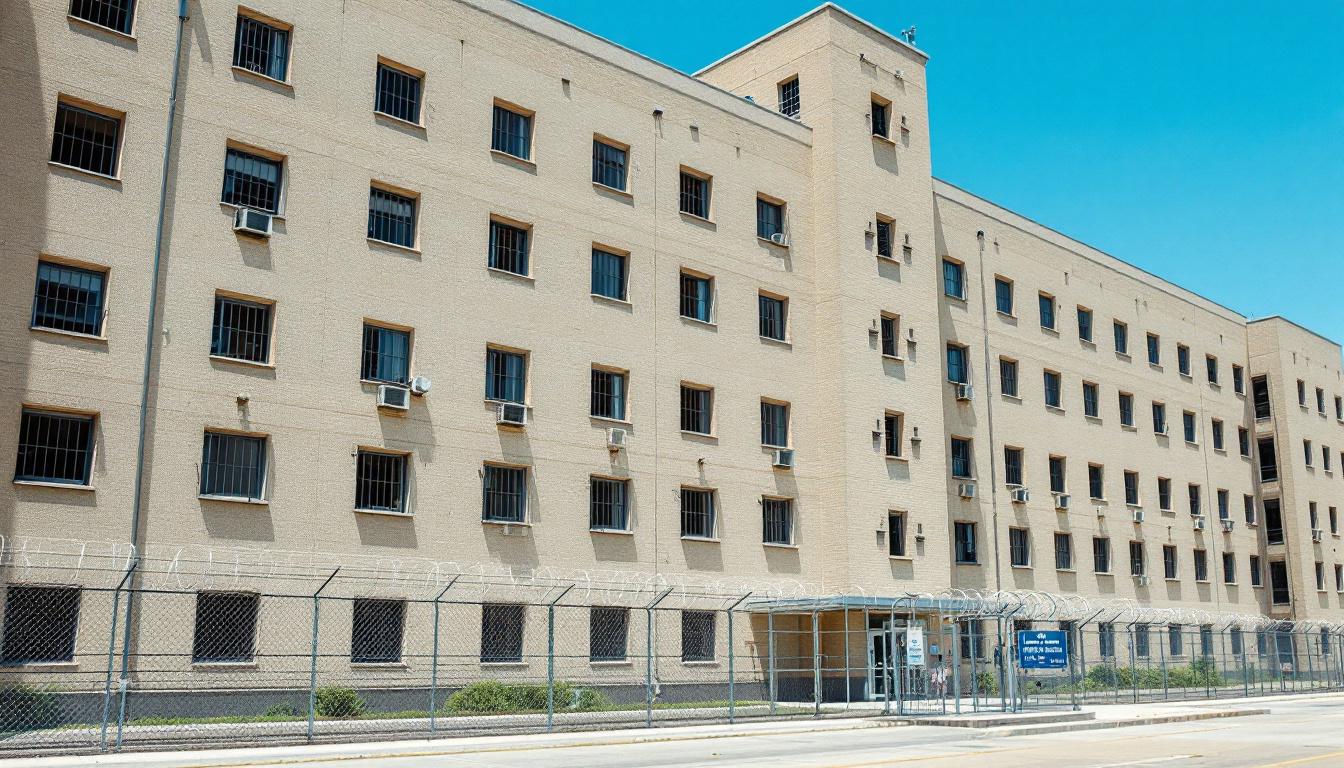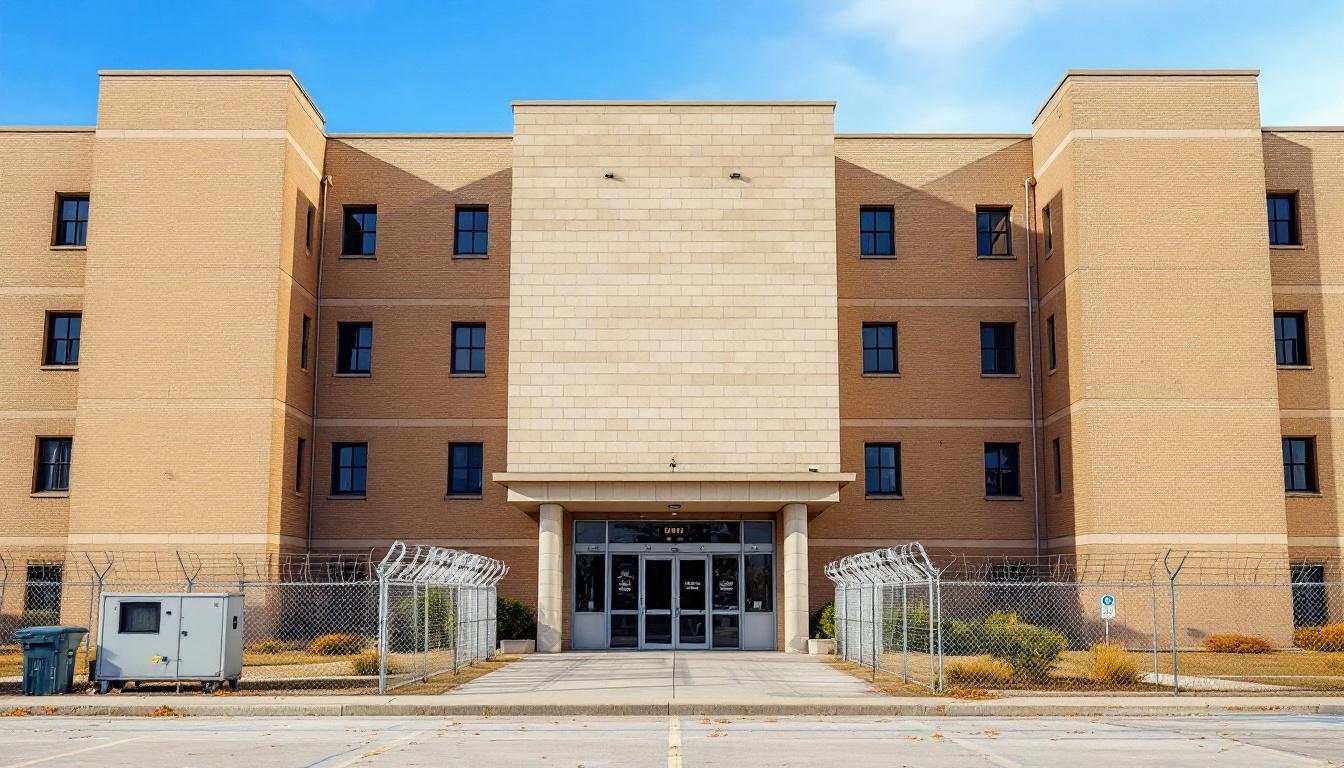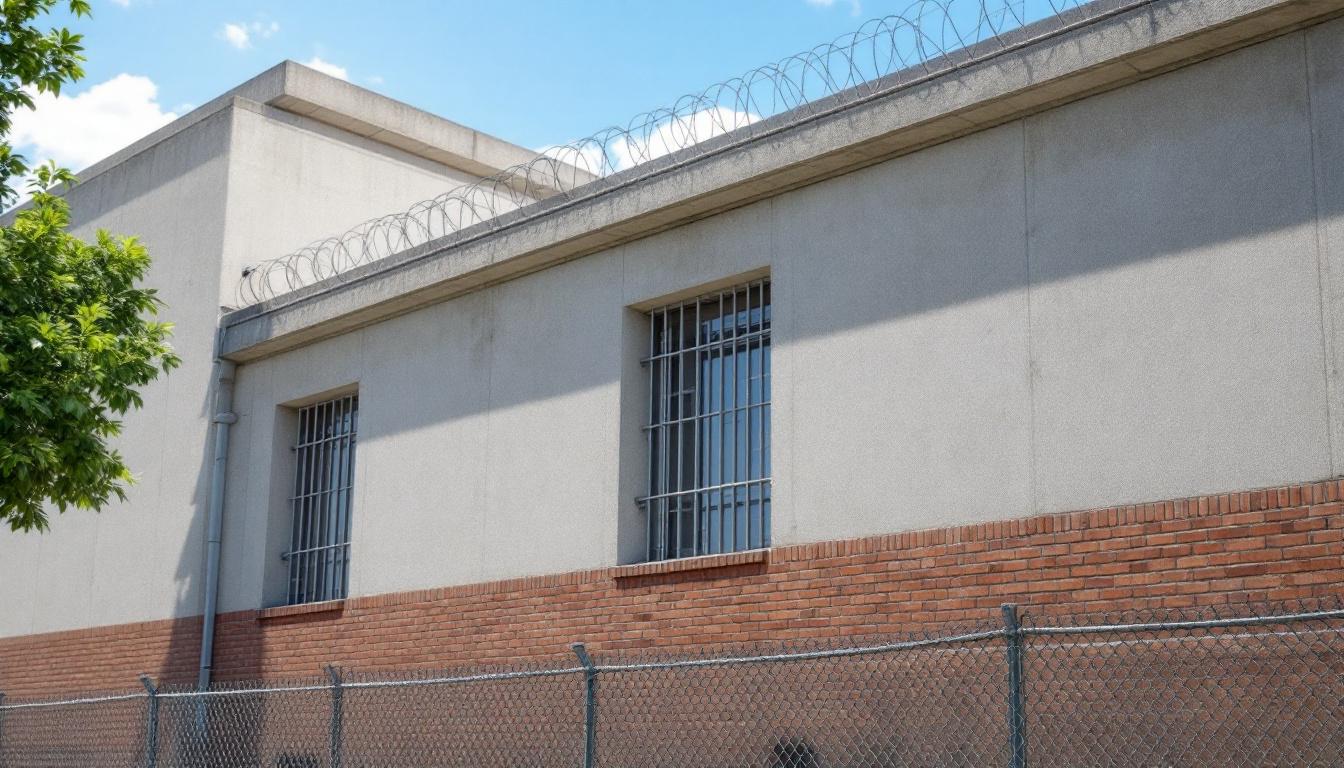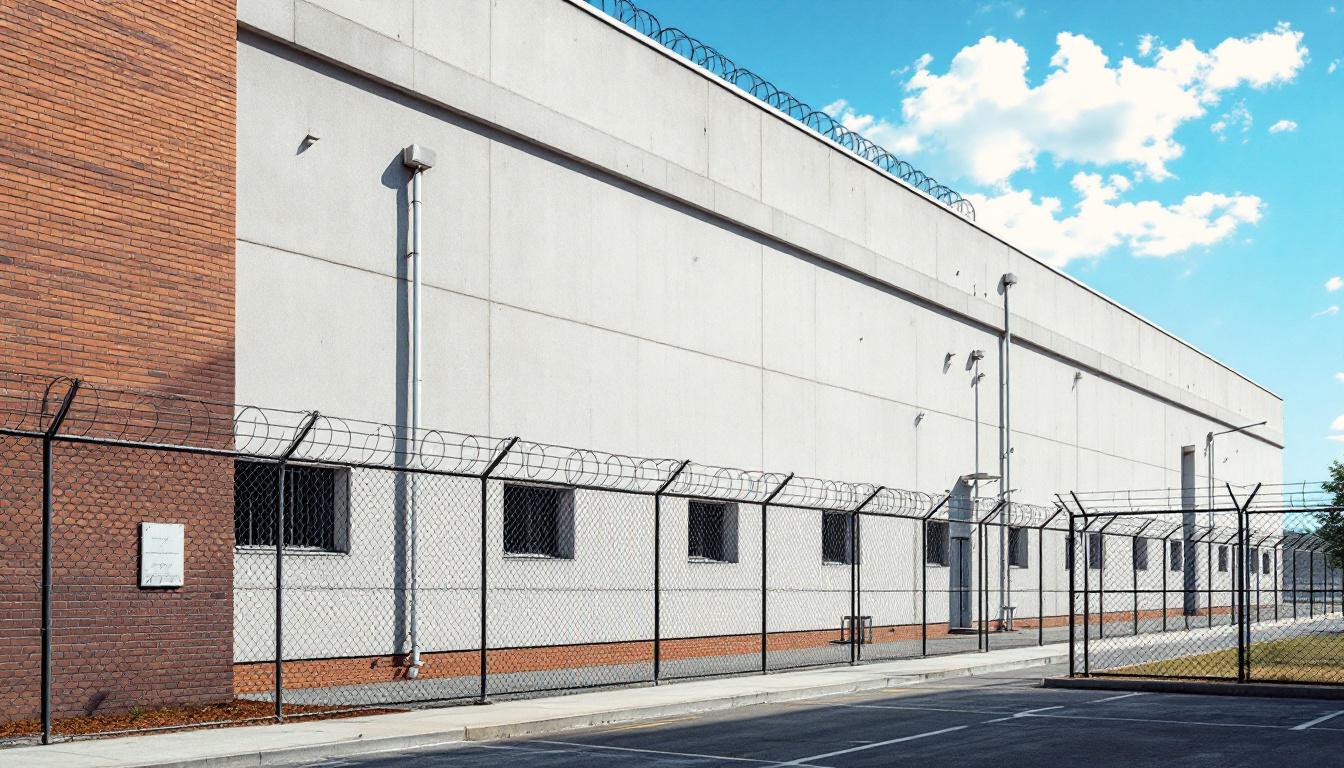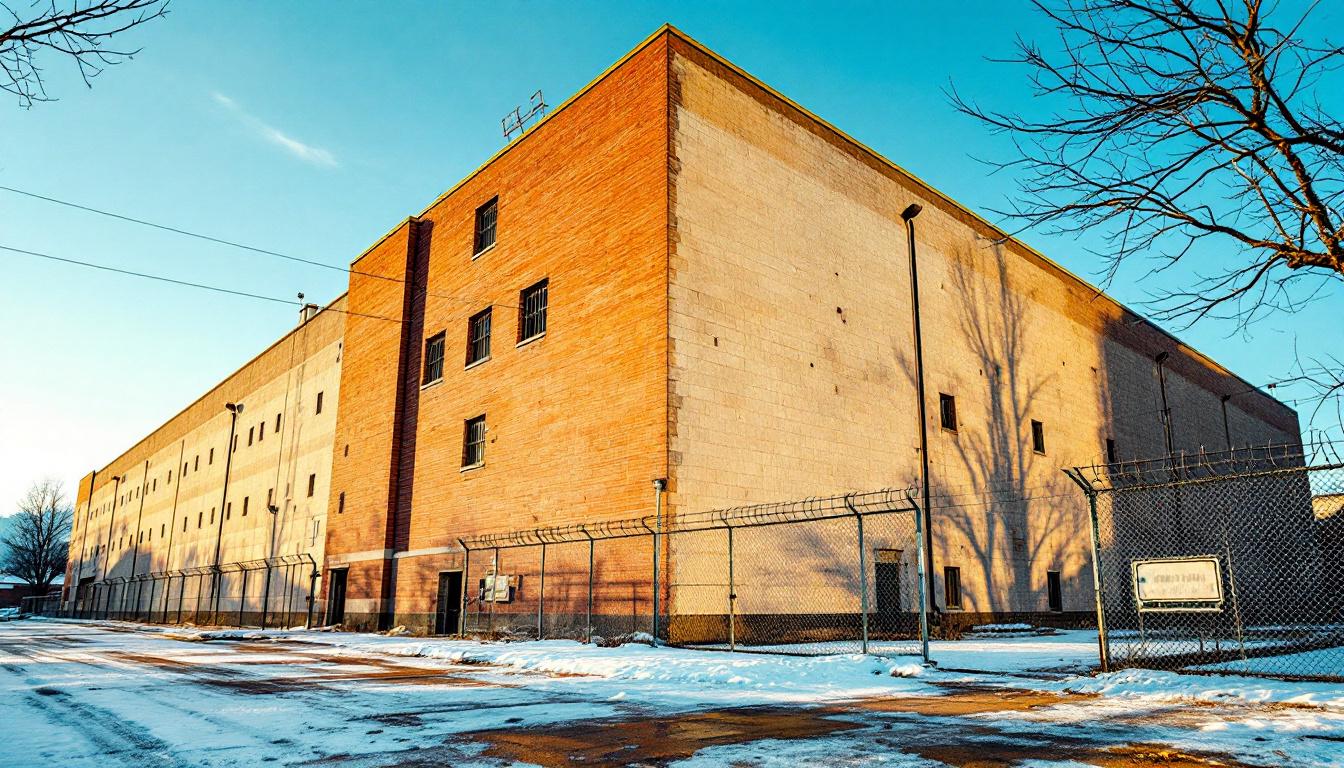
Quick Navigation
How to contact an inmate at Rainbow Conservation Camp #2
This comprehensive guide will walk you through how to connect with an inmate at Rainbow Conservation Camp #2. Follow the steps below to find an inmate and send letters and photos:
- Search for the inmate using our search tool below
- Create your account or log in to Penmate
- Write your message (up to 6,000 characters)
- Send instantly - inmates receive printed copies daily
Find an Inmate
Search for an inmate to start communicating today
Tip: You can search by first name, last name, or inmate ID number
To contact a person at Rainbow Conservation Camp #2 start by searching for the person on the facility website. Perform a search by following these steps:
- Step 1: Enter their first name and last name into the search form and click "Search"
- Step 2: Locate their inmate record
- Step 3: Write down their Inmate ID and any housing information provided
Important! Be sure to enter the person's full name. Nicknames should not be used.
How to Send Messages to Inmates

You can use your phone or computer to send emails, letters, and photos to an inmate. Messages are sent electronically to inmate tablets or kiosks at the facility. If you would like to send a message, start by searching for an inmate at Rainbow Conservation Camp #2.
Sending Photos and Postcards

A great way to send love and support to a loved one at Rainbow Conservation Camp #2 is to send photos and postcards. It only takes a few minutes to send photos from your phone and it makes a huge difference. You can also mail postcards with words of support and inspiration, or design your own postcard for special moments like birthdays and holidays.
Important! Be sure not to send any explicit photos or they may not be approved by the facility. You can also use a photo printing app like Penmate to make sure your photos are printed at the correct size (4x6 or 3x5) and are mailed according to the rules and regulations of Rainbow Conservation Camp #2.
Frequently asked questions about Rainbow Conservation Camp #2
-
How long does it take to deliver a message?
If you're sending an email message your letter is usually delivered within 24-48 hours. For messages sent via mail you should expect delivery within 3-7 days. All messages will need be approved by Rainbow Conservation Camp #2.
-
How much does it cost to send a message to Rainbow Conservation Camp #2?
You can send a message free using your phone or mail a message via USPS for the price of a $0.60 stamp and envelope. You can also purchase credits or e-stamps from services starting at $1.99.
-
What services can I use to contact an inmate at Rainbow Conservation Camp #2?
Penmate
You can use Penmate to send letters and photos to an inmate from your phone. It's an easy way to stay in touch during your loved one's incarceration. Use the inmate locator to find an inmate's location and contact information, then you can send messages within a few minutes.
Securus messaging
Securus may be another option for communicating with an inmate at Rainbow Conservation Camp #2. You can create a friends and family account and purchase credits to send messages. All messages will be reviewed and must be approved by the facility.
JPay
Some county jails and state prisons may support sending messages with JPay. You must register an account with the system, find your loved one, and purchase stamps to send messages. For some locations you can also attach photos.
Smart Jail Mail
You may also check if Smart Jail Mail is available at Rainbow Conservation Camp #2. Smart Jail Mail is operated by Smart Communications and has contracted with some state and county jails. After purchasing credits, your messages and photos are sent to the facility, printed out, and then handed out to your loved one.
-
What is the mailing address of Rainbow Conservation Camp #2?
Mailing address:
Rainbow Conservation Camp #2
8215 Rainbow Heights Rd
Fallbrook, CA 92028
Phone: (760) 728-2554 -
What are the visiting hours at Rainbow Conservation Camp #2?
Visiting hours at Rainbow Conservation Camp #2 vary by housing unit and security level. Generally, visits are scheduled on weekends and holidays, with some facilities offering weekday visits. Contact the facility directly at (760) 728-2554 or check their website for the current visiting schedule. Visits typically last 30-60 minutes and must be scheduled in advance.
-
What items are prohibited when sending mail to Rainbow Conservation Camp #2?
Prohibited items typically include: cash, personal checks, stamps, stickers, glitter, glue, tape, staples, paperclips, polaroid photos, musical or blank greeting cards, hardcover books, magazines with staples, and any items containing metal or electronics. Only send letters on plain white paper with blue or black ink. Photos must be printed on regular photo paper (no Polaroids). Always check with Rainbow Conservation Camp #2 for their specific mail policies.
-
How do I send money to an inmate at Rainbow Conservation Camp #2?
You can send money to an inmate at Rainbow Conservation Camp #2 through several methods: 1) Online using JPay, Access Corrections, or the facility's approved vendor, 2) Money orders mailed directly to the facility with the inmate's name and ID number, 3) Kiosks located in the facility lobby, or 4) Over the phone using a credit or debit card. Fees vary by method, typically ranging from $2.95 to $11.95 per transaction.
-
Can I schedule a video visit with an inmate at Rainbow Conservation Camp #2?
Many facilities now offer video visitation as an alternative to in-person visits. At Rainbow Conservation Camp #2, video visits may be available through services like Penmate, Securus Video Connect, GTL, or ICSolutions. Video visits typically cost $10-20 for 20-30 minutes and must be scheduled in advance. You'll need a computer or smartphone with a camera and reliable internet connection. Contact the facility for their specific video visitation policies and approved vendors.
-
What identification do I need to visit an inmate at Rainbow Conservation Camp #2?
All visitors must present valid government-issued photo identification such as a driver's license, state ID, passport, or military ID. Minors must be accompanied by a parent or legal guardian who can provide the minor's birth certificate. Some facilities require visitors to be on the inmate's approved visitation list, which may require a background check. Contact Rainbow Conservation Camp #2 for specific ID requirements and visitor approval procedures.
-
How can I find out an inmate's release date?
To find an inmate's release date at Rainbow Conservation Camp #2, you can: 1) Use the online inmate search tool if available, 2) Call the facility's records department, 3) Contact the inmate's case manager or counselor, or 4) Have the inmate provide this information during a call or visit. For privacy reasons, some facilities only release this information to immediate family members.
Facility Overview
Contact Information
Rainbow Conservation Camp #28215 Rainbow Heights Rd
Fallbrook, CA 92028
Phone: (760) 728-2554
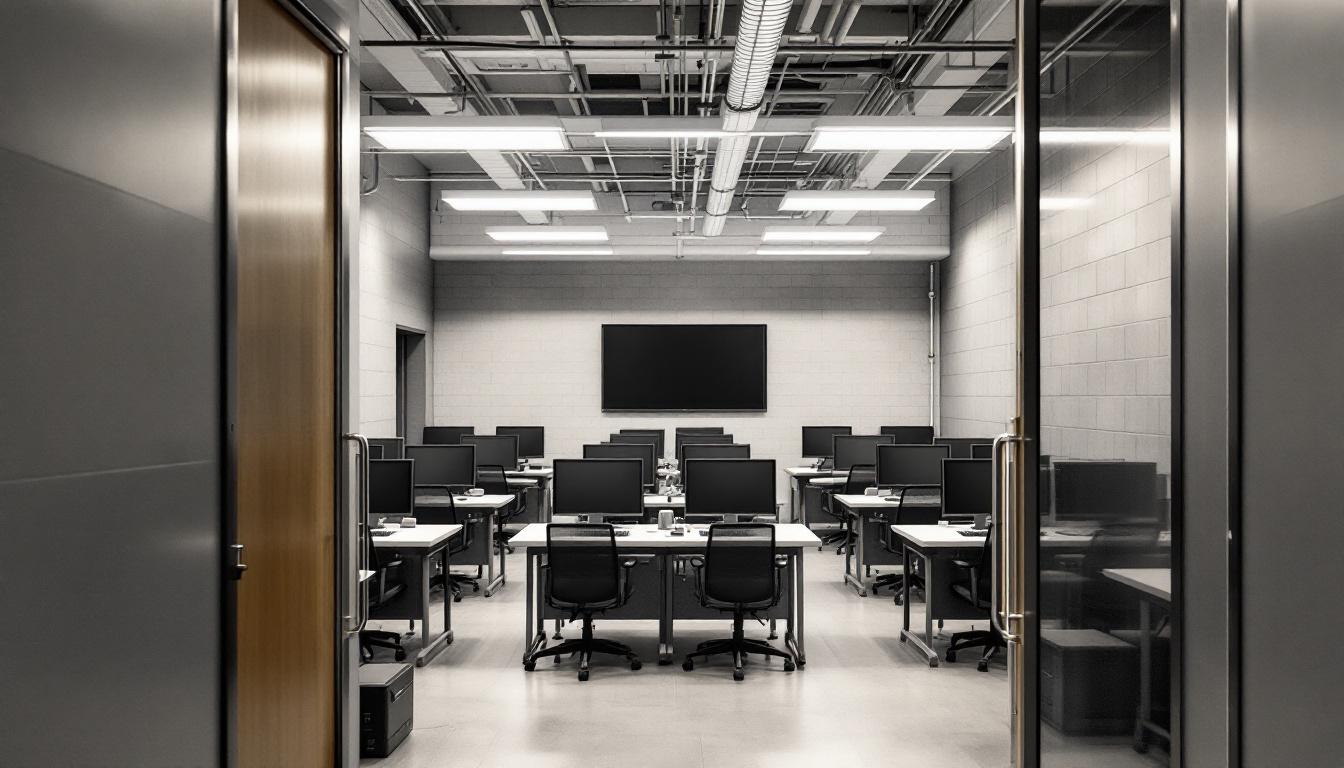
About Rainbow Conservation Camp #2
Nestled within the rolling hills of FALLBROOK, CA, this conservation-focused correctional facility operates under a philosophy that views environmental stewardship as a pathway to personal transformation. Rainbow Conservation Camp, CA functions as an integral component of the state's broader correctional framework, emphasizing the connection between meaningful work and successful reintegration into society. The facility's operational approach typically centers on conservation projects that may include fire prevention activities, habitat restoration, and emergency response training, creating opportunities for residents to develop practical skills while contributing to California's environmental protection efforts.
The CA correctional facility generally maintains a structured environment where residents services encompass both traditional correctional programming and specialized conservation-based initiatives. Educational components often focus on environmental science, forestry practices, and emergency preparedness, while vocational training may prepare individuals for careers in natural resource management and public safety sectors. Located in the Pacific region's diverse landscape, the facility typically leverages its geographic setting to provide hands-on learning experiences that align with state correctional goals of reducing recidivism through skill development and community service. This operational philosophy recognizes that meaningful engagement with conservation work can foster personal responsibility and environmental awareness, potentially creating lasting positive changes that extend beyond an individual's period of incarceration.
Programs & Services
Rehabilitation-focused initiatives at Rainbow Conservation Camp emphasize skill development and personal growth through structured programming designed to prepare residents for successful community reintegration. The facility typically operates on a philosophy that combines practical education with therapeutic support, recognizing that meaningful change occurs when residents have access to diverse learning opportunities. These comprehensive initiatives often include both classroom-based learning and hands-on training experiences that build confidence while developing marketable skills.
Educational initiatives may deliver foundational academic instruction alongside specialized vocational training programs that focus on in-demand career fields. Residents often participate in literacy programs, GED preparation courses, and basic computer skills training that help bridge educational gaps. Additionally, vocational training initiatives typically include automotive repair programs where residents learn engine diagnostics, brake systems, and general vehicle maintenance. These hands-on programs often provide industry-relevant certifications that can lead to employment opportunities upon release, while also teaching problem-solving skills and attention to detail.
Support services and therapeutic initiatives focus on addressing underlying behavioral patterns and building healthy interpersonal skills. Anger management programs may deliver structured sessions that teach conflict resolution techniques and emotional regulation strategies. Additionally, rehabilitation programs often include group counseling sessions and individual case management that help residents develop coping mechanisms and life skills. Healthy relationships initiatives typically cover communication skills, boundary setting, and conflict resolution, providing residents with tools to maintain positive connections with family and community members after their release.
Daily Life & Visitation
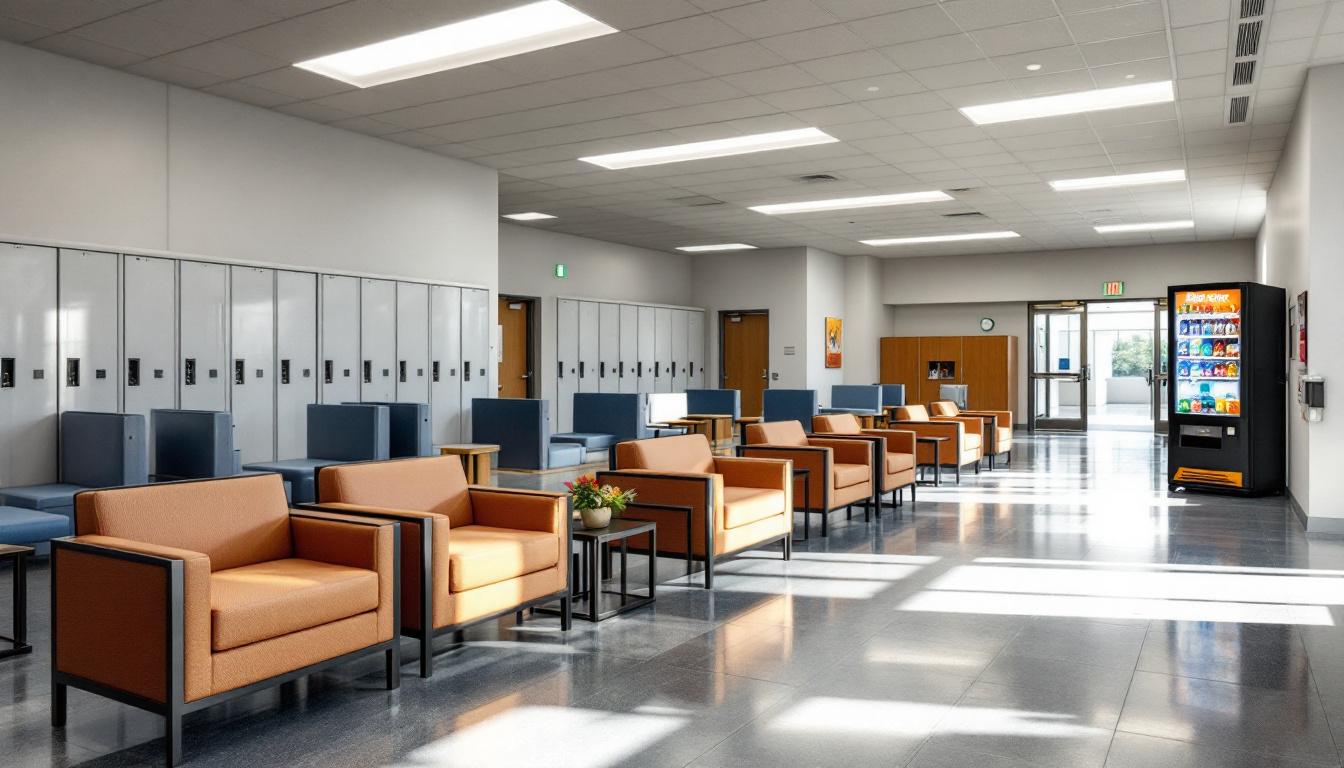
The consistent rhythm of structured daily activities begins before dawn and continues throughout each day, creating a framework that residents often find stabilizing. Today's schedule typically mirrors yesterday's and tomorrow's, with wake-up calls followed by facility counts, meal periods, and assigned responsibilities that deliver predictable order to each 24-hour period. This consistent routine generally helps residents adapt to their environment while maintaining focus on rehabilitation goals.
Living accommodations at the facility typically consist of shared housing units where residents may be assigned roommates based on various factors including security classification and program participation. Additionally, personal property allowances usually include basic clothing items, hygiene products, and limited personal effects that residents can store in designated areas. The dining arrangements generally follow a structured schedule with meals served in common areas, while commissary services may offer residents the opportunity to purchase approved items to supplement their basic needs.
While daily work assignments and educational programming consume much of the structured day, recreational opportunities typically include physical fitness activities and leisure time that residents can use for personal reflection or social interaction. Family connections remain important through scheduled visitation periods and communication options that may include phone calls and correspondence, though these generally operate within established facility guidelines. Programs often deliver vocational training, educational services, and counseling sessions that help residents prepare for their eventual return to the community.
Ready to Connect?
Start communicating with your loved one today
Search for an Inmate
